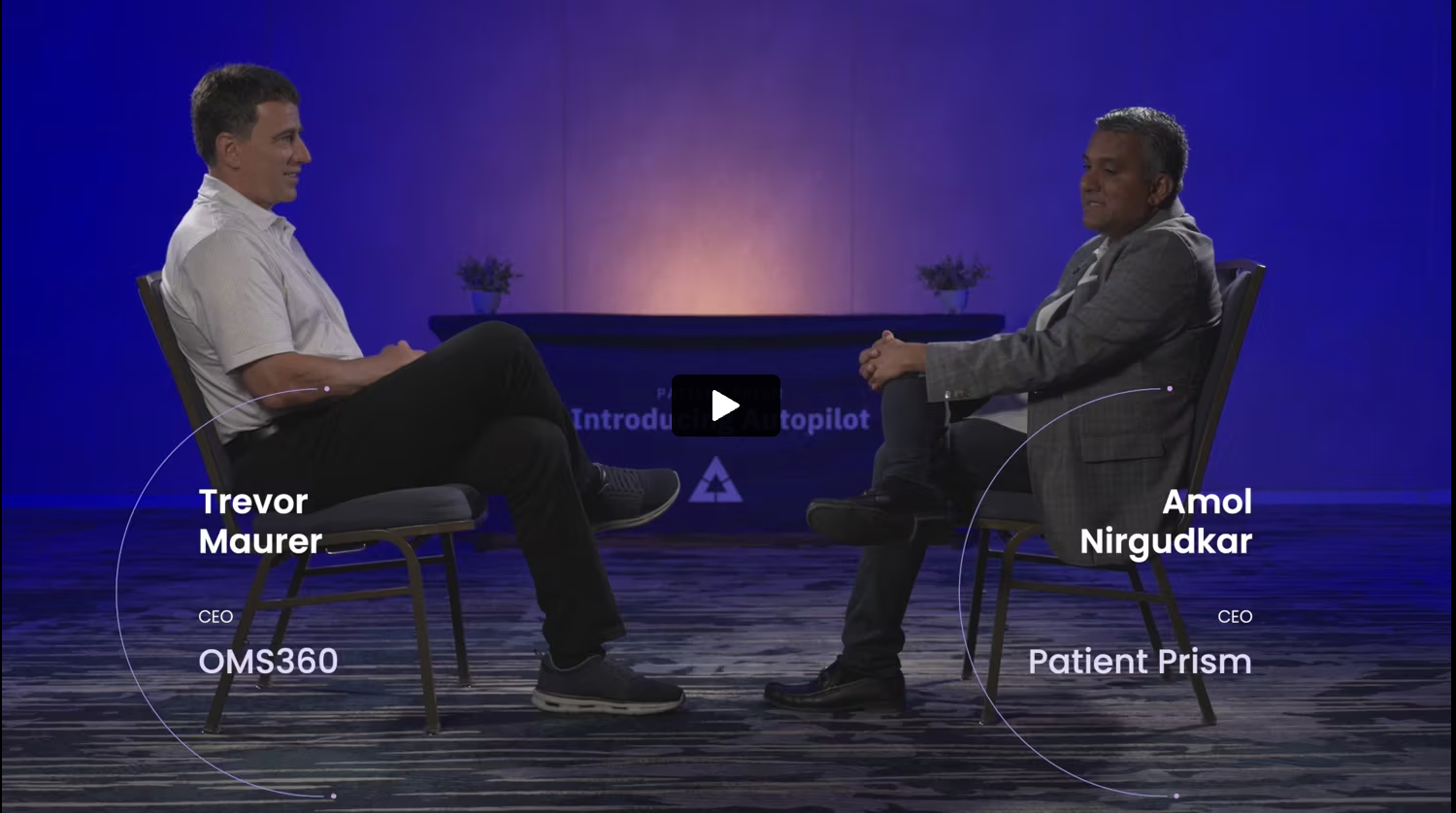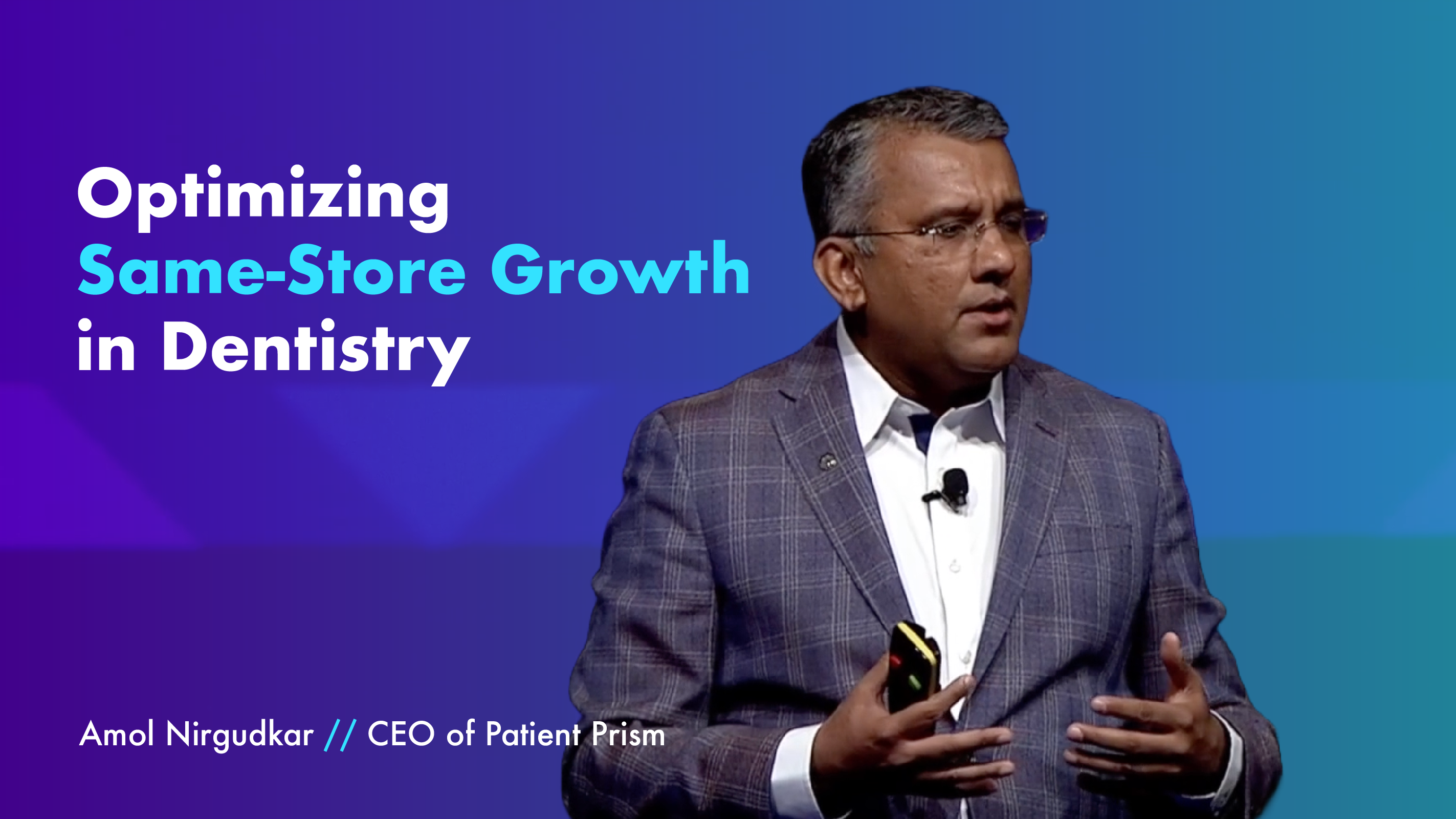Efficiency is crucial in optometry practices, especially in a competitive market. The IBISWorld report outlines the current challenges and opportunities within the industry. One promising solution to enhance efficiency is the use of conversational AI.
Challenges in Optometry
Optometry practices face several challenges, including:
- Labor Shortages: Recruiting and retaining qualified staff is becoming increasingly difficult, leading to overworked employees and potential burnout.
- High Operational Costs: From rent and utilities to salaries and equipment, the costs of running an optometry practice are significant.
- Increasing Competition: Online eyewear retailers offer convenience and competitive pricing, drawing customers away from traditional practices.
These challenges necessitate innovative approaches to maintain profitability and patient care standards.
Conversational AI Solutions
Conversational AI can address these challenges through several key solutions:
Streamlined Operations
Conversational AI can automate routine tasks, freeing up staff to focus on more critical activities. For example:
- Patient Scheduling: AI can handle booking, rescheduling, and canceling appointments, ensuring optimal time management and reducing no-shows.
- Billing Inquiries: Virtual assistants can answer common billing questions, helping patients understand their invoices and insurance coverage.
- Insurance Verification: AI can quickly verify patient insurance details, streamlining the check-in process and reducing wait times.
Data Management
Effective data management is crucial for maintaining accurate patient records and ensuring regulatory compliance. Conversational AI can:
- Handle Patient Data: AI can input and update patient information accurately, reducing the risk of errors and ensuring up-to-date records.
- Aid in Compliance: By managing data efficiently, AI helps practices adhere to regulations like HIPAA, protecting patient privacy and avoiding costly fines.
Enhanced Communication
Clear communication between patients and optometrists is essential for quality care. Conversational AI facilitates this by:
- Providing Instant Responses: Virtual assistants can answer patient questions quickly, offering information about office hours, treatment plans, and eye care tips.
- Reducing Misunderstandings: AI can clarify common queries and direct more complex issues to the appropriate staff member, improving overall communication quality.
Impact on Staff Workload
By offloading repetitive tasks to AI, optometry staff can focus on more value-added activities, such as direct patient care and clinical decision-making. This shift not only improves job satisfaction but also enhances overall practice efficiency.
Job Satisfaction
With AI handling mundane tasks, staff can engage more with patients and perform duties that require human touch, such as patient education and personalized care. This leads to higher job satisfaction and reduces burnout.
Enhanced Efficiency
When staff are relieved of repetitive tasks, the overall workflow becomes more efficient. This can lead to shorter patient wait times, more accurate patient records, and a smoother operation of the practice.
Real-World Impact
Several optometry practices have already integrated conversational AI and seen remarkable improvements:
- VisionCare Optometry implemented an AI-driven scheduling assistant, reducing appointment booking time by 50% and decreasing no-shows by 30%.
- EyeHealth Associates used AI for insurance verification, cutting the verification process time in half and improving patient check-in experience.
- OptiVision Clinic enhanced their patient communication with AI, resulting in higher patient satisfaction scores and more streamlined operations.
Conclusion
Incorporating conversational AI into optometry practices can lead to significant efficiency gains, allowing practices to better serve their patients while managing operational challenges effectively. By streamlining operations, improving data management, and enhancing communication, conversational AI empowers optometry practices to thrive in a competitive market.
The future of optometry is undoubtedly intertwined with the advancements in AI technology. Embracing these innovations can transform practices, making them more efficient, patient-centered, and competitive.














 A few minutes can change everything.
A few minutes can change everything.
 Build Your Million-Dollar DSO Playbook
Build Your Million-Dollar DSO Playbook Seats are limited to 150 and they’re filling fast!
Seats are limited to 150 and they’re filling fast!